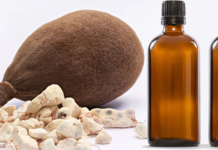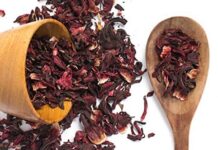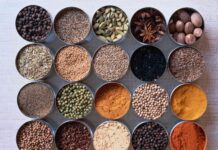
Lalle is the Nigerian Hausa name for Henna. Indians call it Mehndi. Henna or Lalle are non-permanent body art using henna dye. Henna dye is obtained from dried leaves of Henna Tree, ground into powder. In its dry form, the henna dye is not activated. To make dye for henna tattoo, water is added to the powdered leaves to form a paste. This paste stains the skin/ body and does not immediately wash off. A henna stain is temporary and lasts a couple of weeks.

Henna on hands and legs are a big part of the beautification that Hausa and Muslim brides go through when preparing for weddings in Nigeria. While the designs range from simple to complex, they all look stunning on the hands or feet. Henna, also known as lalle in Nigeria, are not only worn by brides. This type of temporary tattoos are also worn by close friends of the brides and generally by women in Northern Nigeria.

Although most people confuse Henna for tattoo, but Henna and tattoo are two different things. Tattoo last long on skin and sometimes permanent, is also expensive and imprinted using needles.
But Henna is more traditional, can be easily washed away from the skin and is also easy to apply on the skin.
Henna beautifies the skin. It is also attractive and good looking on the skin. Henna can be used to dye fabric, and is also used for hair dye and conditioning.

While some people prefer Henna on their hand and feet, some prefer it on only their hand, neck, back, stomachs, or chest. Depending on your skin and quality of the Henna, it lasts for two to three weeks on your skin.

We are used to seeing black and reddish-brown colour Henna designs in Nigeria and those are the classical, traditional designs. Henna art has literally grown and evolved. These days, you can find diverse colours and more beautiful Henna designs and patterns.
BY: FIRDAUSI MUSA DANTSOHO














